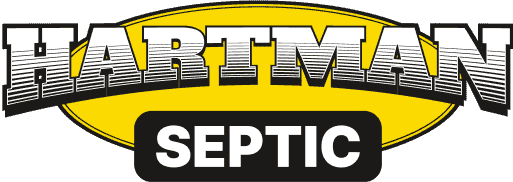
Services
Commercial & Residential Septic Services
Comprehensive septic solutions tailored to homes and businesses alike.
Solutions That Last, Quality You Can Trust
Hartman Septic is your one stop shop for all things septic!

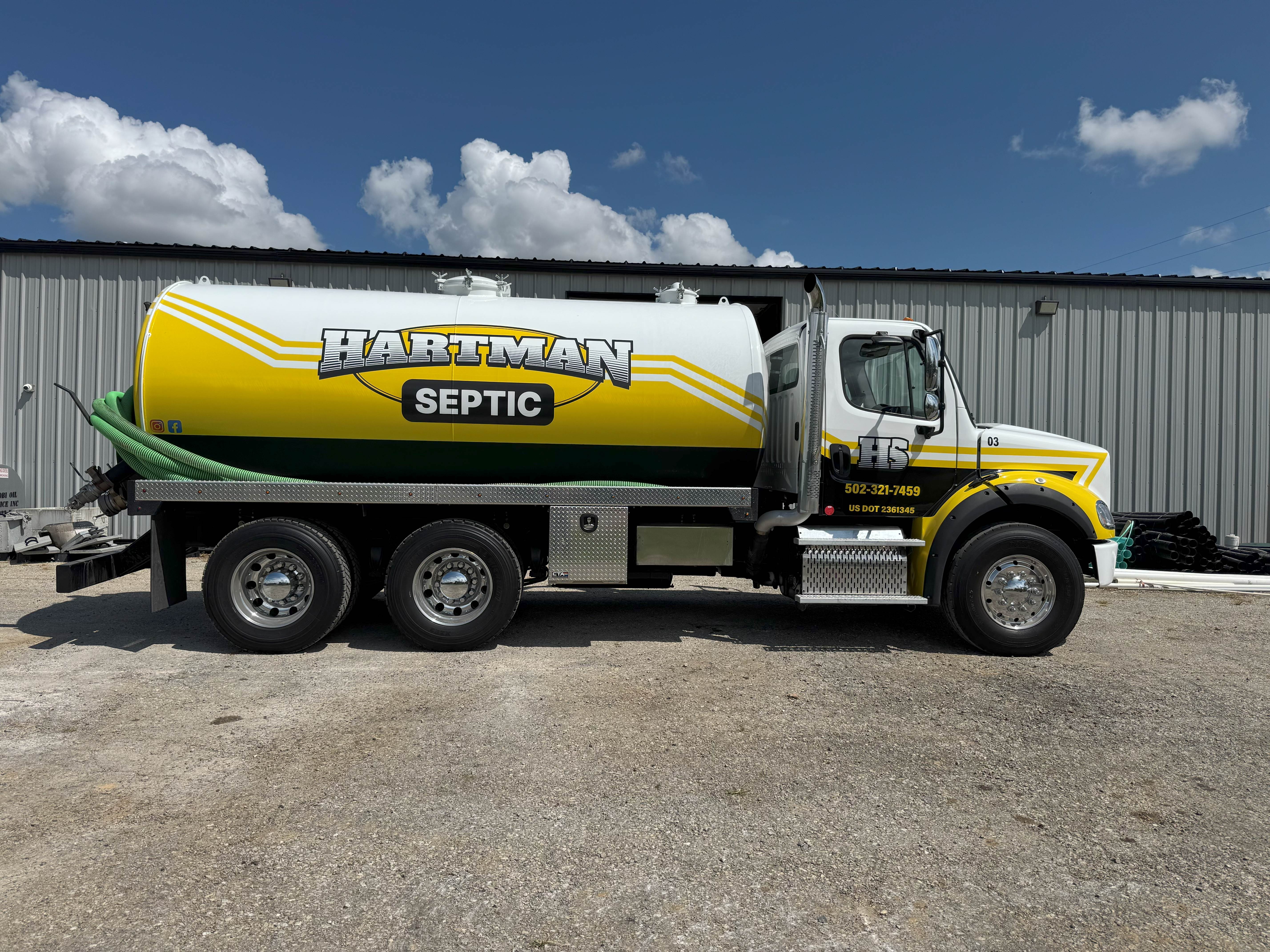
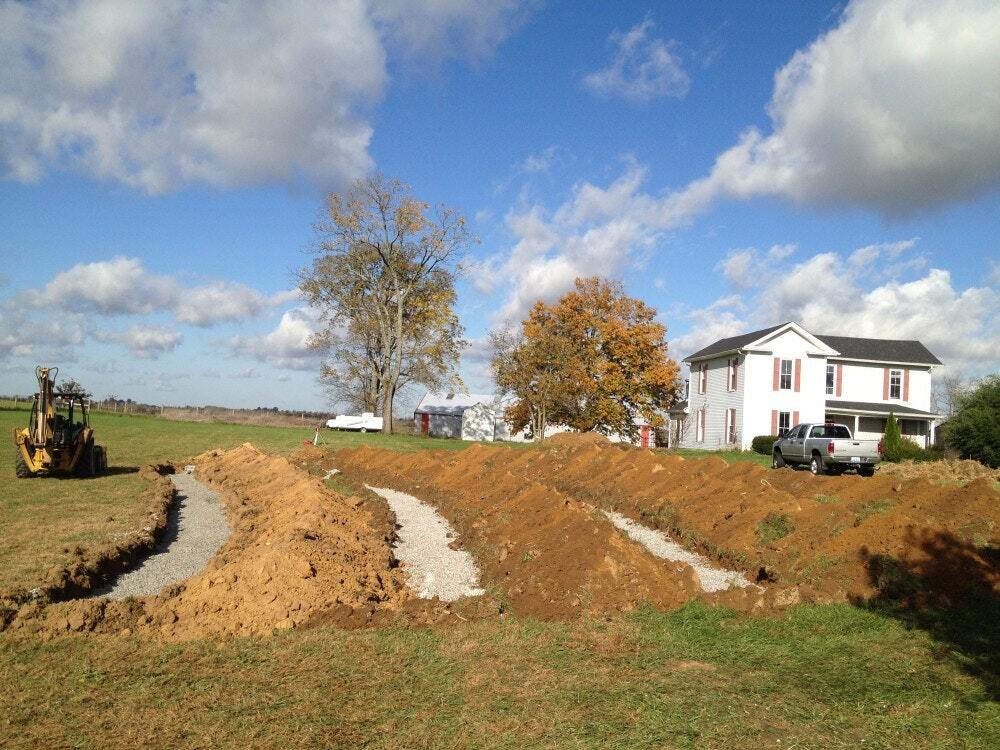
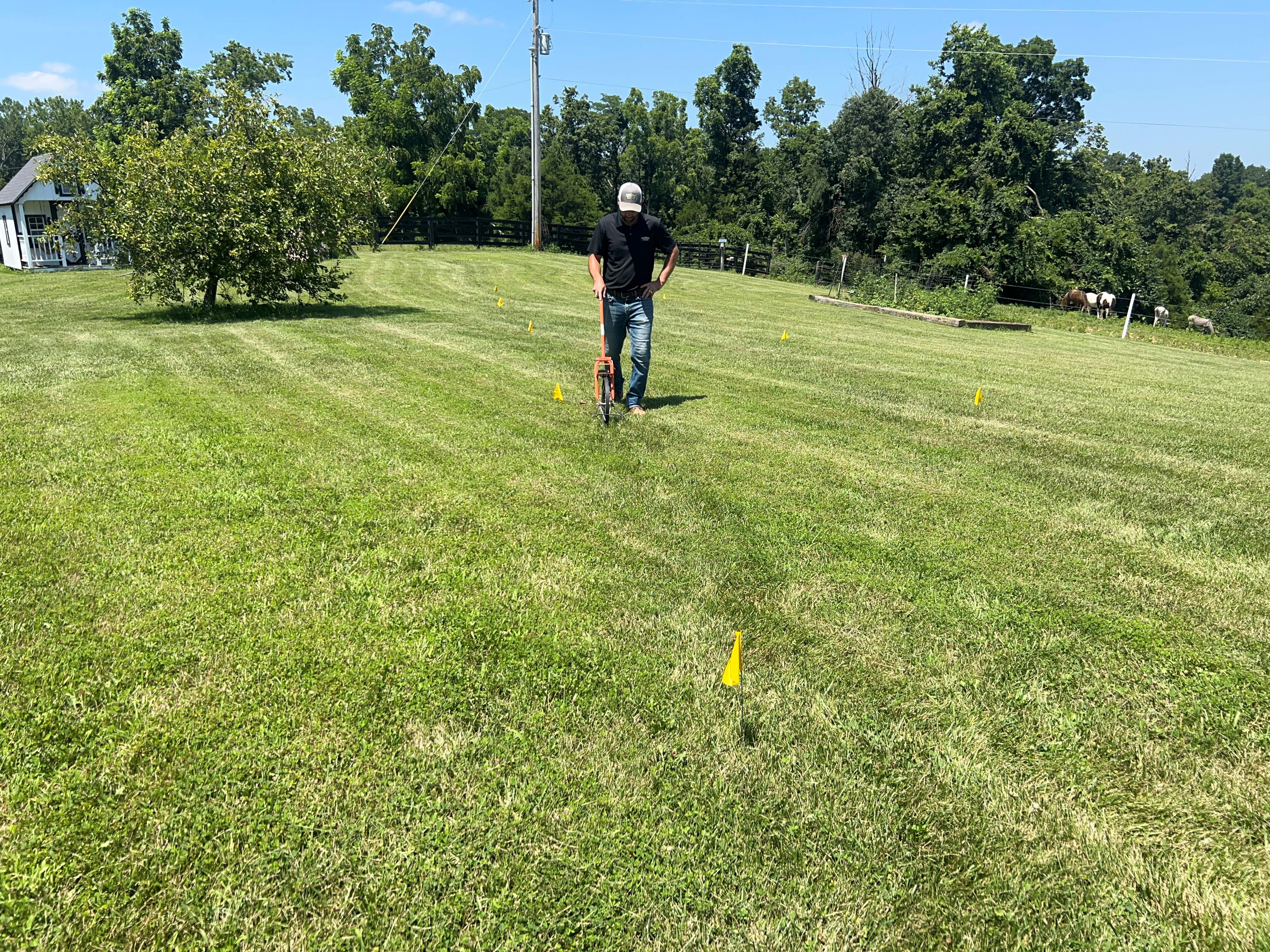
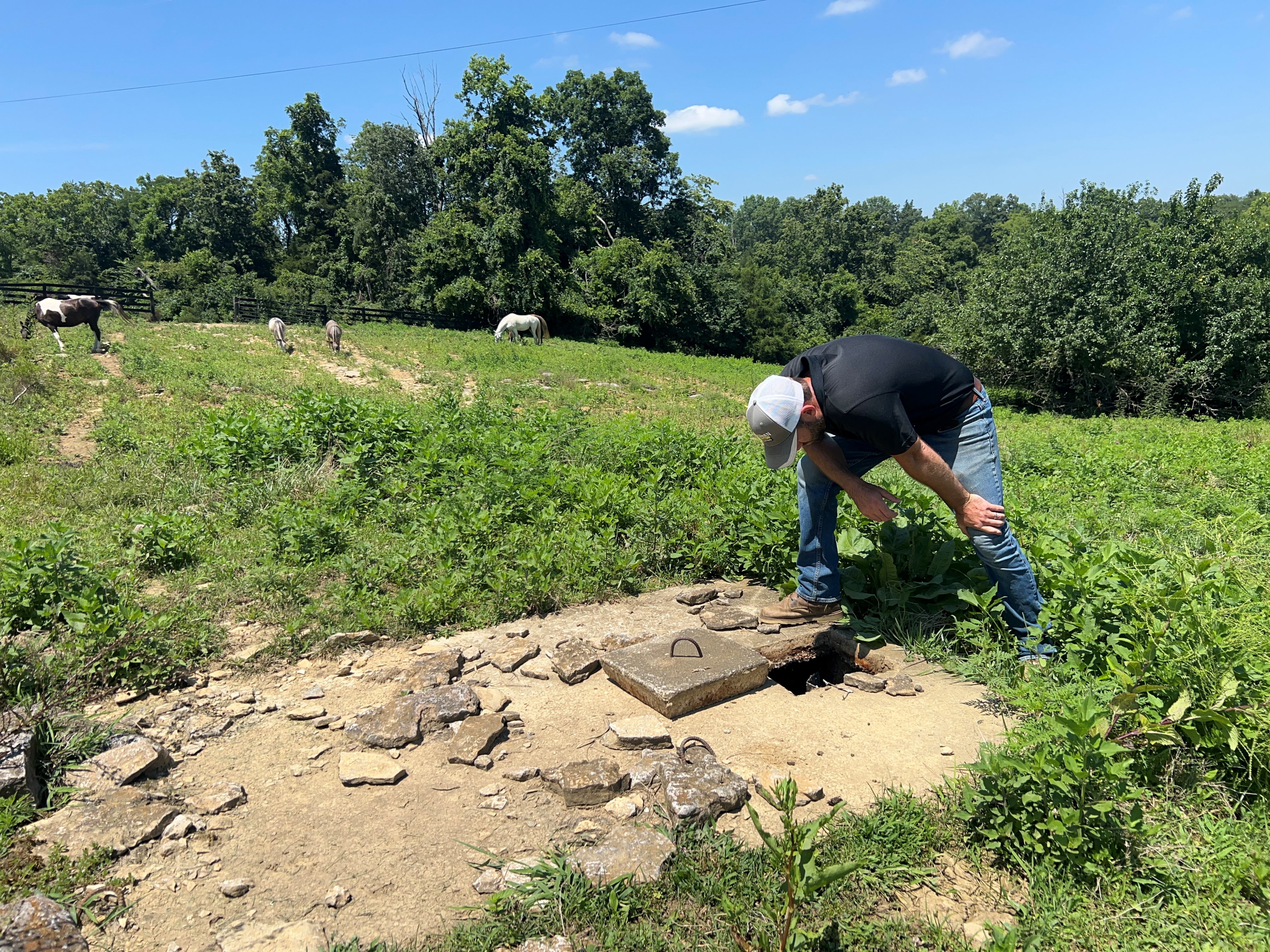
.jpg)
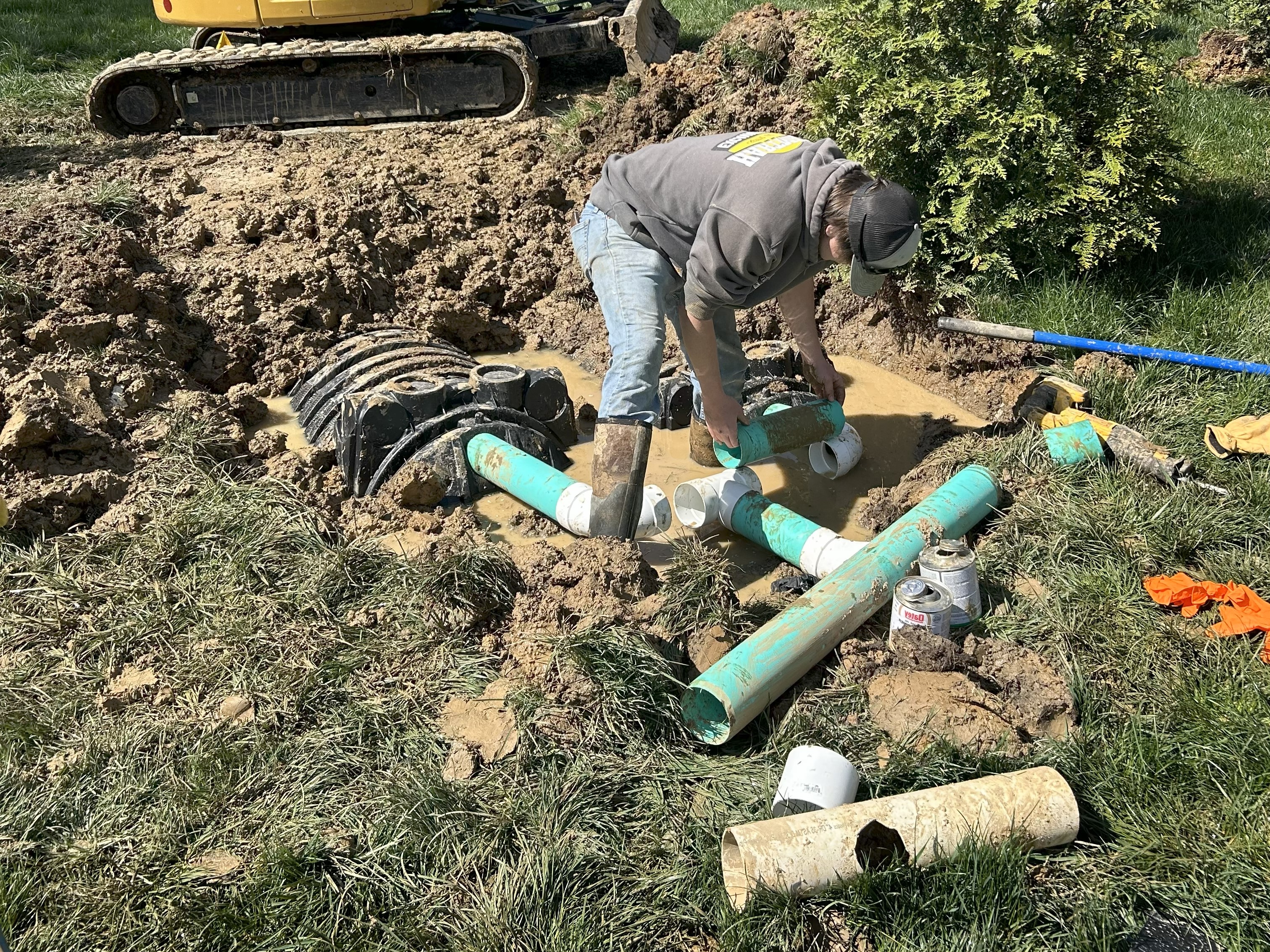
.JPG)
Our Certifications
Staying ahead with advanced training and credentials to bring you the best in septic care.

American Perc-Rite Drip Dispersal Certified
Kentucky's 1st Master Septic Installer
Fuji Clean USA Treatment Certified
Heavy Equipment Operator Certified
Advanced Enviro-Septic Certified
Advanced Septic Installer
Professional septic service and installation.
✅ Commercial
✅ Residential
✅ Financing Options
📌 Certified Advanced Septic Installer

Our Blog
Find educational content and updates within Hartman Septic!

Do you really need septic tank additives? The case against enzymes explained.
Many homeowners rely on septic tank treatments with enzymes or bacteria, thinking they’re helping their system. In this blog, we dive into what these additives actually do, why they’re often harmful, and how to maintain a healthy septic system without wasting money.
How often should I get my septic tank pumped?
Most septic tanks should be pumped every 3 to 5 years, depending on the tank size and number of people living in the home. Larger households or smaller tanks may need more frequent service. Regular pumping prevents buildup of solids that can overflow into the drain field and cause system failure.
Tip: Don’t wait for signs of trouble! Routine maintenance is much cheaper than system repairs or replacements.
What are signs that my septic system is failing?
Common warning signs include:
- Slow draining sinks or toilets
- Gurgling sounds in your plumbing
- Strong odors in the yard or around drains
- Excessive, Lush, dark green grass over the drain field
- Standing water or soggy areas in your yard
If you notice any of these, it’s important to have your system inspected immediately to avoid costly damage.
The grass over my lateral lines is brown, what does that mean?
Brown or dry grass over your lateral lines is usually a good sign! It means your drain field is doing its job, filtering wastewater underground without oversaturating the soil above. A healthy drain field is designed to disperse water slowly and evenly, not keep the surface wet.
But when you notice brown grass with any of the following, it may be time to schedule an inspection:
- You have slow draining sinks, gurgling toilets, or backups happening in your home
- You see standing water in other areas of your septic system
- There is green grass over some lateral lines but not others
I see water around my lateral lines. What does this mean?
Standing water or soggy ground around your lateral lines is a red flag that your system may be failing. This usually means the drain field is no longer able to absorb and filter wastewater properly. Common causes include:
- System overload from too much water use
- Clogged or damaged lateral lines
- A full or unpumped septic tank
- Poor soil absorption or compacted soil
Take action quickly! Continued use of a failing system can lead to contamination, bad odors, and costly repairs. Give us a call for a septic consultation!
